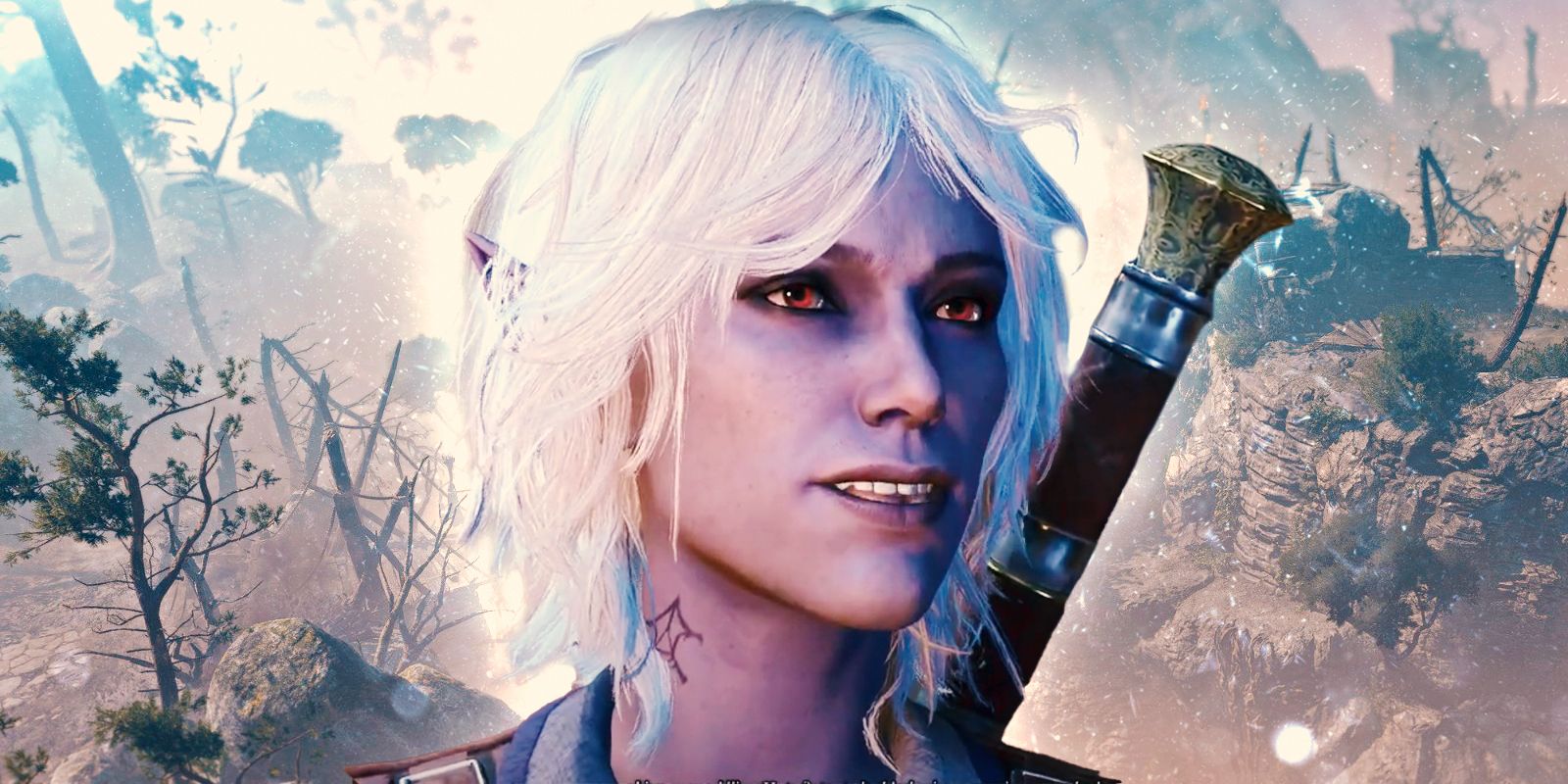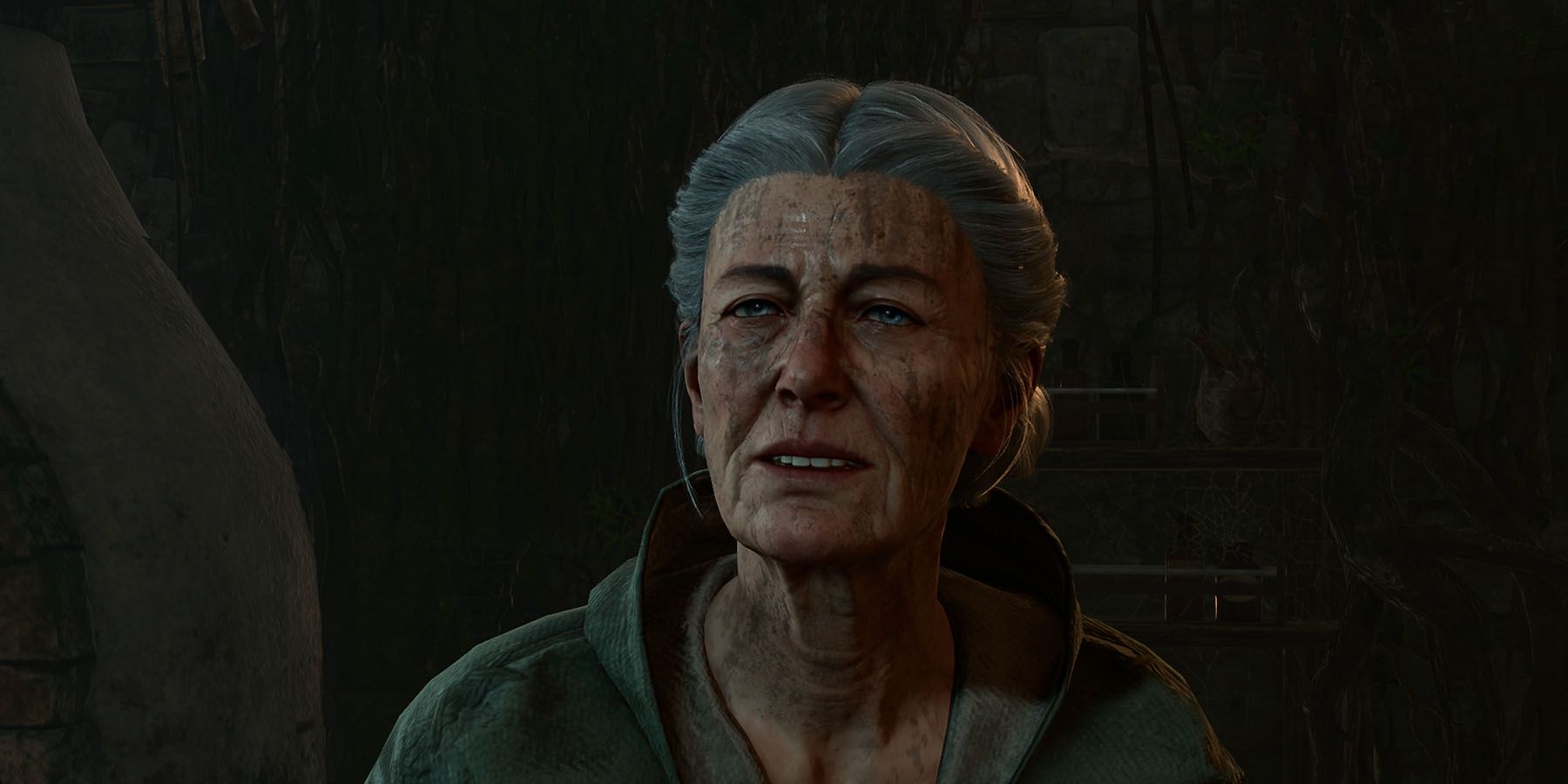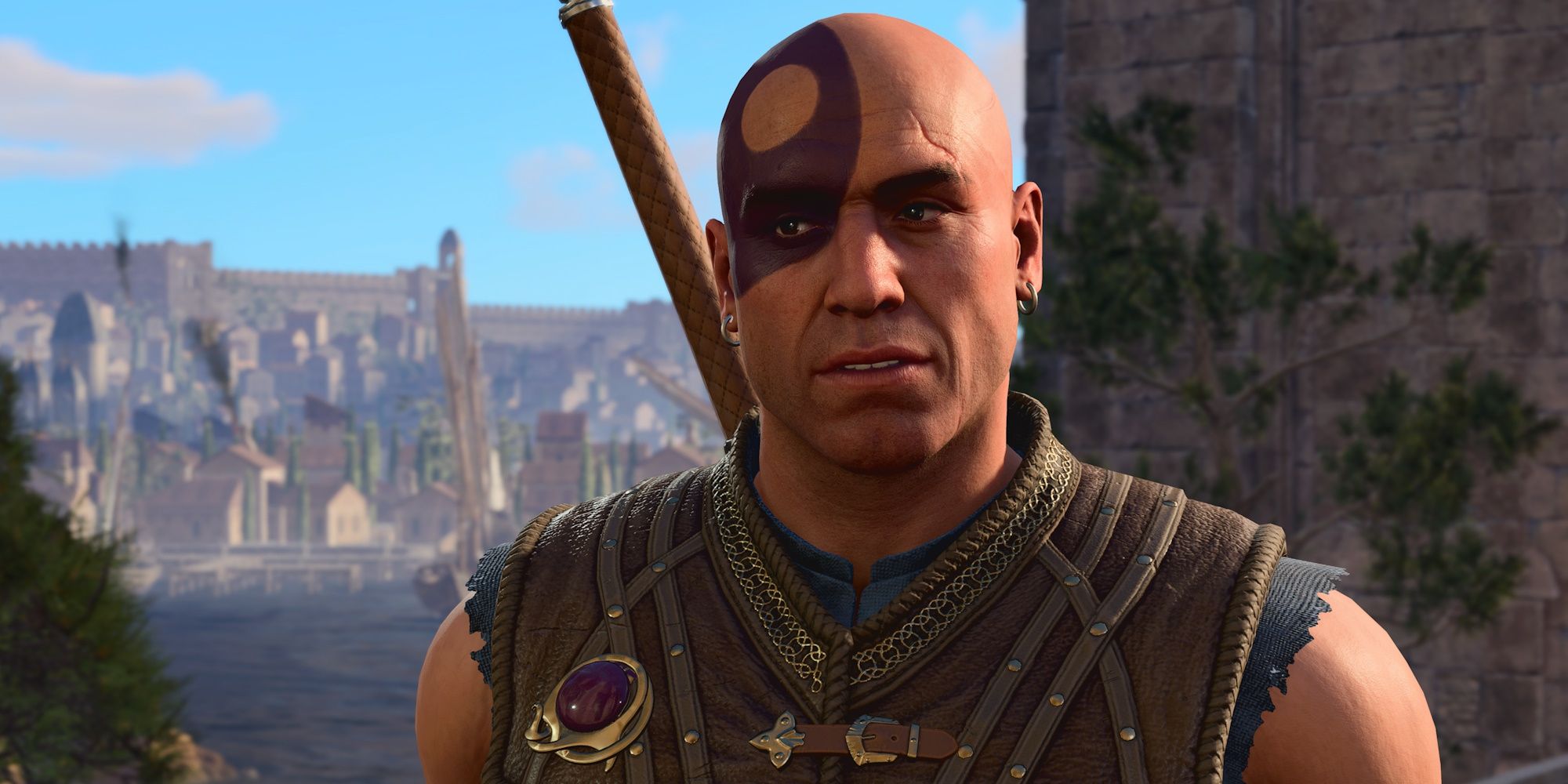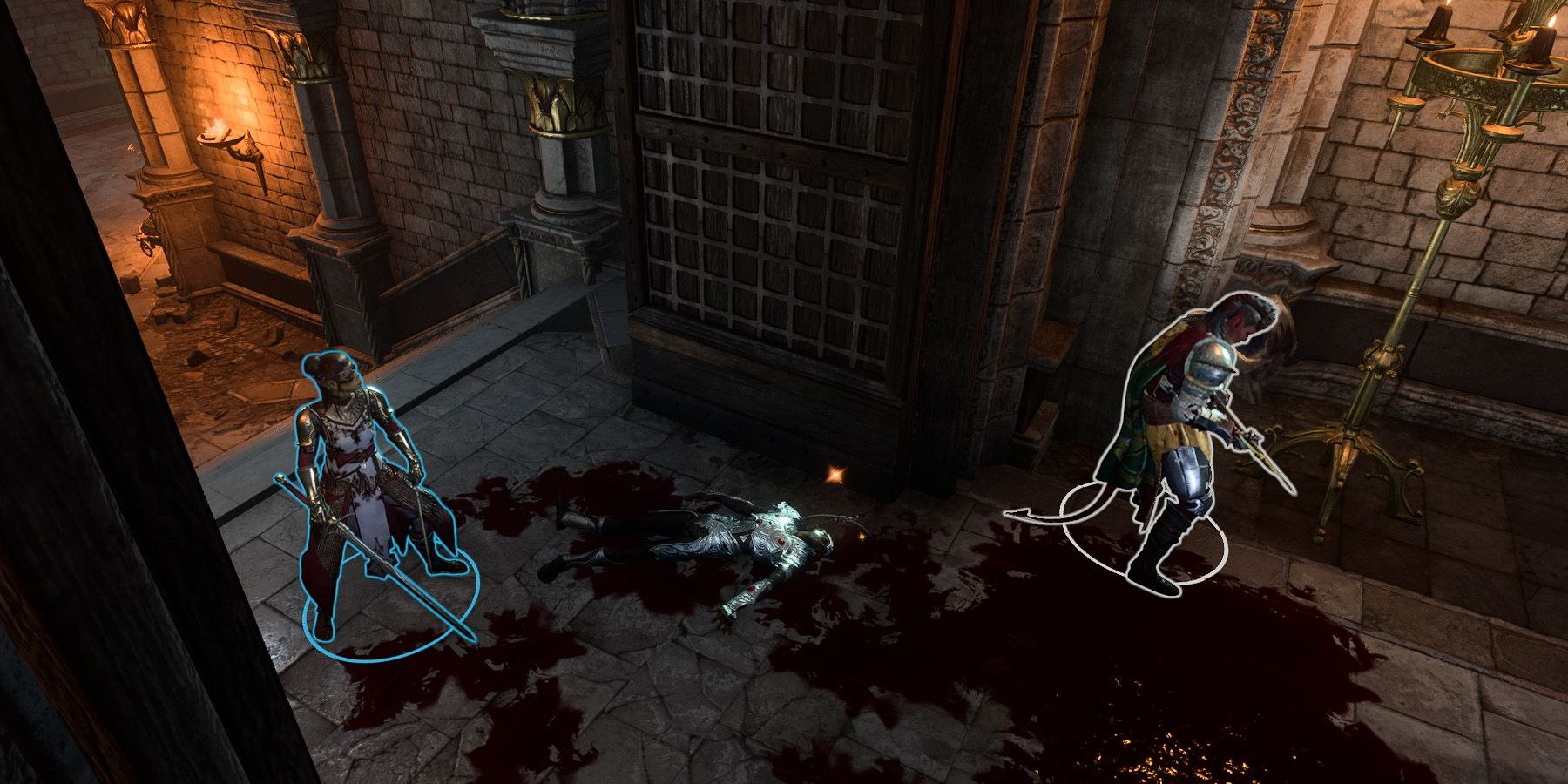Baldur's Gate 3 does an admirable job accounting for player creativity and experimentation, but certain possibilities are blocked off by limitations that can be immersion-breaking and lead to some head-scratching moments. The task of emulating the experimentation of tabletop Dungeons & Dragons is a challenging one, as the lack of a dungeon master that can respond naturally to improvisation means that the game has to account for a surplus of scenarios ahead of time. Many of Baldur's Gate 3's biggest failures to manage this are all tied to the same mechanic that feels like it has a uniquely incomplete implementation.
Slaying beasts, monsters, and miscellaneous foes is obviously a major focus of the Dungeons & Dragons experience, from questing to slay rats to taking down mighty enemies like Tiamat. It isn't, however, always the right way to tackle a problem. Not everyone who stands in a parties way is necessarily evil, and the failure of peace talks doesn't mean that death is inevitably called for. In an effort to replicate the typical tabletop solution to this problem, Baldur's Gate 3 includes a non-lethal attacks option, but the treatment it receives overall leaves it generally lacking.
Non-Lethal Attacks In Baldur's Gate 3 Rarely Work
Non-lethal attacks are theoretically easy to employ in Baldur's Gate 3, as a handy toggle makes it possible to turn all melee strikes from a party into comparatively innocuous assaults. This can make combat slightly more challenging, as a caster or a party member with a ranged weapon can't safely make any strike that could be a final blow, but plenty of scenarios make the possibility of leaving enemies alive tantalizing. Unfortunately, however, Baldur's Gate 3 simply doesn't account for non-lethal choices in most of its branching paths, with the story typically acting as if the unconscious enemies died in combat after all.
One simple example of this issue lies in the choice between Auntie Ethel and Mayrina's brothers in Act 1 of Baldur's Gate 3, where quelling the brothers with non-lethal blows would seem to be a viable approach to the conflict. The game, however, makes no distinction between knocking them out and killing them outright. They're fated to die via any choices, so this isn't exactly a uniquely bad outcome, but some subsequent dialogue fails to make sense in light of the choice. Similarly, knocking out Mayrina after dealing with the rest of the quest will result in the game treating her as dead.
The Auntie Ethel questline is only one among many instances where non-lethal damage leads to frustrating results. A number of relevant scenarios arise in Act 3 in particular, as the Lower City of Baldur's Gate features plenty of feuding human forces all interested in the party's involvement. Killing doesn't always seem like the best choice, but non-lethal continually fails to bring any other option to light in its place. A more thorough implementation of the system could make it possible to run a militant party that still prefers mercy, lessening the need for a strong Charisma stat to avoid unnecessary violence.
Non-Lethal Damage Has Some Use In Baldur's Gate 3
The biggest example of non-lethal damage actually being applied correctly in Baldur's Gate 3 relates to Minsc. Acquiring this character hinges on using non-lethal damage, as it's necessary to knock out the Baldur's Gate series veteran to recruit him. Considering the lack of other major narrative uses for non-lethal attacks in Baldur's Gate 3, it's interesting that this one scenario hinges on it, pointing to the possibility of more story opportunities for non-lethal attacks if the feature had been integrated earlier in development.
Although other major story events fail to implement the same value in non-lethal attacks that recruiting Minsc manages, it does have some general utility when it comes to temporarily hostile enemies. It's possible to make civilians join into combat by committing acts like theft or attacking an individual character, and killing them en masse isn't a very viable option outside evil campaigns. Using non-lethal attacks on enemies with temporarily hostile conditions makes it possible to subdue them without the game treating them as dead, keeping things on track overall.
Full Baldur's Gate 3 Non-Lethal Options Would Be Hard
It's ultimately not incredibly surprising that the applicability of non-lethal attacks is limited in Baldur's Gate 3, as it would open up an enormous amount of branching paths and random possibilities in the game. Realistically, it would be a nightmare for developer Larian Studios to attempt to chase down every potential scenario. The feature wasn't originally included in the game's early access, and it's possible that it was only added because of the heavy volume of requests it received throughout the early access period.
All the same, the current implementation of non-lethal attacks is one of the most obvious weak points in Baldur's Gate 3, and some care given to the subject in future patches would go a long way in making it less frustrating. The Auntie Ethel questline seems to be the first introduction to how broken the system is for many players, and cleaning up the interactions with Mayrina's brothers could go a long way. Adding in some possibilities for major Act 3 decisions and fights could likewise prove a significant improvement, although such a task is obviously easier said than done.
It's still possible to have some fun interactions with non-lethal damage in Baldur's Gate 3 as is, but employing the option frequently leads to a break in immersion rather than any rewarding outcome. Among the dizzying array of possibilities available, this may seem like something of a minor gripe, but it does rear its head occasionally to make it obvious that the story logic is fundamentally imperfect. Although Larian Studios may never be able to fix non-lethal combat across the board in Baldur's Gate 3, adding in a few key possibilities and fixing some dialogue could go a long way.




